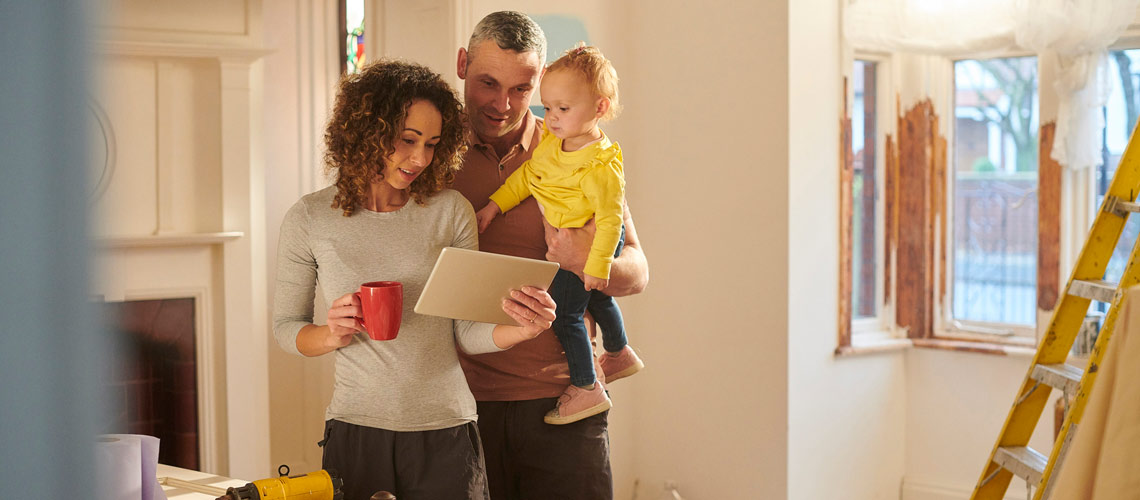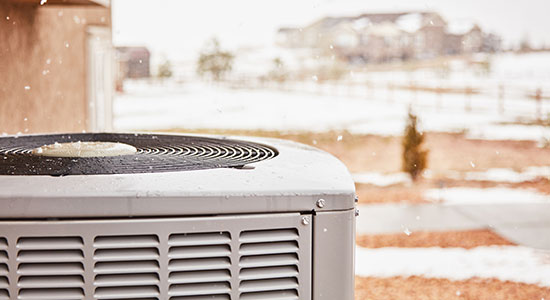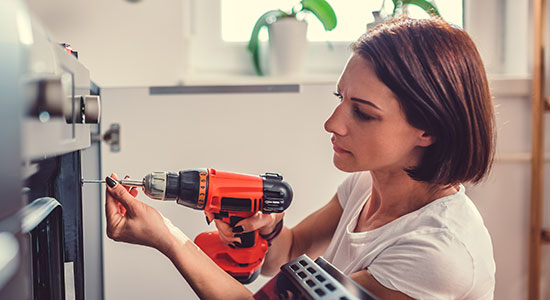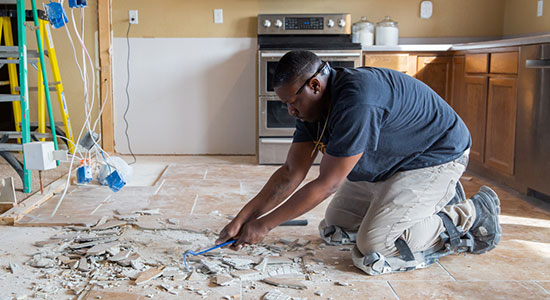
There are a lot of reasons you might want to upgrade the equipment and systems around your home to be more energy efficient. Not only can you improve your utility bills, but you may also, in some cases, be able to lower your tax bill.*
Spring is a good time to review the improvements you made in the previous year and see which ones might qualify for federal tax credits. Additionally, you could use this information to plan for upgrades in 2024 that you can use on your taxes next year. If you decide to claim these credits, you’ll use Form 5695: Residential Energy Credits.
It may also be helpful to know the difference between a credit and a deduction. Tax credits lower the amount of tax you owe, dollar for dollar, whereas deductions reduce your taxable income. Some tax credits are nonrefundable, meaning, they can lower your tax liability to zero, but not below zero, so you won’t get a refund of the difference.
There are at least two federal, energy-related tax credit programs that may benefit homeowners:
- Residential Clean Energy Credit. This package of tax credits rewards homeowners who install renewable energy sources. Qualifying energy systems include solar, wind, geothermal, fuel cells and biomass stoves. The tax credit is 30% of the qualifying expense and is not limited to existing primary residences only, as second homes and new construction may also qualify. See answers to common questions about this program on the IRS website.
- Energy Efficient Home Improvement Credit. This program, previously known as the Nonbusiness Energy Property Credit, covers qualified energy efficiency improvements made to your primary residence. The maximum for this category of credits is $1,200 per year, which can help you when planning for improvements you want to make in the future. View FAQs about this program on the IRS website.
Here are five home improvements that may qualify under one of these programs.
- Solar panels (or other renewable energy systems): When you add solar panels to your home, you may be eligible for the Residential Clean Energy Credit, claiming up to 30% of the cost. Other renewables that qualify include geothermal
heat pumps, solar-powered water heaters, small wind turbines and biomass stoves.
- Windows, Doors and Skylights: Older windows and exterior doors can be a source of air leaks, wasting a lot of energy (and money!). Make your home more comfortable to live in by replacing drafty materials in your home with more efficient,
air-tight options. You don’t have to replace ALL your windows and doors to qualify for a tax credit. You’ll just want to make sure you’re using ENERGY STAR-certified products. In 2023 and beyond, door, window and skylight expenses will be eligible for 30% of the cost up to $600.
- Insulation: Adding more insulation is another upgrade that can significantly improve the comfort of your home, helping it stay warmer in the winter and cooler in the summer. Bulk insulation products—batts, rolls, expanding spray,
etc.—typically qualify, as do products that reduce air leaks, such as weather stripping, caulk and house wrap. Once again, you may be able to claim 30% of the cost, up to $500 (not including installation), regardless of whether the work
was done by you or a professional.
- Air conditioning: Is your aging air conditioner on its last legs? Or is your older home a sweatbox in the summer without AC? By adding central air or upgrading to a more energy efficient unit, you could qualify for a tax credit of
up to $600 in 2023 and beyond. Make sure you check which units will qualify and ask your HVAC contractor for a Manufacturer’s Certification Statement to keep in your tax files.
- Non-solar water heaters: A cold shower can ruin anyone’s day. If your water heater has seen better days, replace it with a more efficient model for up to $600 in tax credits on qualifying units in 2023 or later. These
may include gas, oil or propane water heaters as well as electric heat pump water heaters.
These are just some of the possible tax credits available to homeowners. Many states also offer tax incentives, and utility companies often have rebates or other programs to help homeowners improve the energy consumption in their homes. Use the ENERGY STAR rebate finder to look for deals in your area.
Important tips to keep in mind:
- Consult a tax professional for advice about your specific situation.
- Keep good records. This includes all receipts for materials and professional services, the Manufacturer's Certification Statement and the product performance (NFRC Ratings/ ENERGY STAR Qualification) information.
- Do your research to understand the specific limitations and requirements for each type of deduction or credit. For example, some tax credits include installation, while others don’t.
- Track the deadlines. To claim credits on your 2023 taxes, improvements must have been completed by December 31, 2023. Many of these tax credits will continue to be available for 2024 and beyond. So, start planning now to maximize your credits in future tax years.
- Re-file if you missed a previous year’s improvements. The IRS lets you refile your taxes if you neglected to claim a tax credit for which you were eligible in a prior year.
Even with tax credits and other incentives, some of these upgrades can be costly. Another tax-advantaged option to explore is whether you qualify for a home equity line of credit (HELOC). When used for home improvements, the interest on a HELOC could be tax deductible. You may also want to consider a cash-out refinance as a source of funds to help offset large expenses.
We’re here to help!
Get in touch with us to explore your options if you find yourself needing to make expensive home improvements.
Sources: EnergyStar.gov, IRS.gov
*The tax credit information contained within this article is provided for informational purposes only and is not intended to substitute for expert advice from a professional tax/financial planner or the Internal Revenue Service (IRS). Consult a tax professional for advice about your specific situation.
What's your Solarity story?
We're on a mission to tell the stories of our members and how they are living their best lives. Do you have a Solarity story to share?



